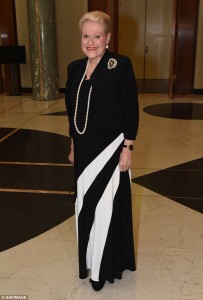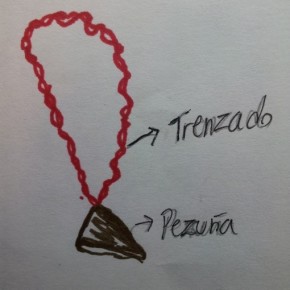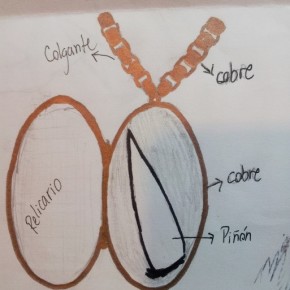 A project is planned for the Melbourne festival of contemporary jewellery, Radiant Pavilion, 24 August – 3 September 2017.
A project is planned for the Melbourne festival of contemporary jewellery, Radiant Pavilion, 24 August – 3 September 2017.
As a festival-based project, Promise seeks to engage the general public in the kinds of possibilities that can be opened up by jewellery practitioners. The specific focus is the common challenge of making a commitment. This commitment can be to oneself, to others or to a non-human entity such as the planet. The working principle is that the enduring materiality of an object provides us with a tangible reminder of a vow we have made. Further thoughts about the significance of promising in the contemporary scene can be found here.
Promise will take place in a location easily accessed by the public. Visitors will be encouraged to enter and browse through the various objects for making promises. Some examples of promises are:
- A promise to one’s body to take better care of personal health
- A promise to love someone forever
- A promise to a dying person
- A promise to always be available to someone when needed
- A promise to remember someone always
- A promise to stand up to the rights of minorities, such as Muslims
- A promise to always favour locally-made products
- A promise to stand up for where one lives
- A promise to protect the environment
- A treaty between indigenous and settler peoples
The objects may be for free, or a small price. They are usually designed for the person making the promise, but they can also be for the person to whom one promises something. There is the possibility of online sales after the festival.
Artists are encouraged to look at the traditions associated with promise rituals. These can be found in most cultures and may be adapted for modern conditions.
Proposals are called from those interested in being part of this project. These proposals will be used to secure resources and confirm participation in the festival.
This project follows a series of ventures in the “social object”. The touring exhibition Joyaviva: Live Objects across the Pacific featured modern amulets as objects that help deal with the uncertainties of life.
Process
Proposals are due 26 August. Please include:
- Outline (around 200 words)
- 5-6 images (can include sketches or prototypes)
- CV
Please send materials to promise@joyaviva.net.
Curator’s declaration
A curator of Promise, I declare that I will respect the contributions of all participating artists and ensure that their efforts are acknowledged and rewarded. I also commit to providing the public with evidence of the way that jewellery can make a difference in their lives.
Kevin Murray







